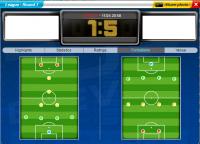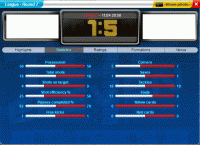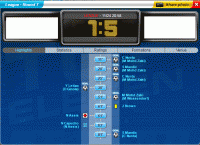Hey Managers,
I am playing in a league match with the team that is currently in top spot. He has a really weird formation that I have never seen here before and I cannot make much sense of it. It looks like others, with some variables switched.
Have a look:
It is like a 4-1-2-1-2, but the DMC and MC are switched. Do any of you wise managers know how to play against it?
Thanks a lot.
Stumptown Footy Manager


 5Likes
5Likes LinkBack URL
LinkBack URL About LinkBacks
About LinkBacks

 Reply With Quote
Reply With Quote





